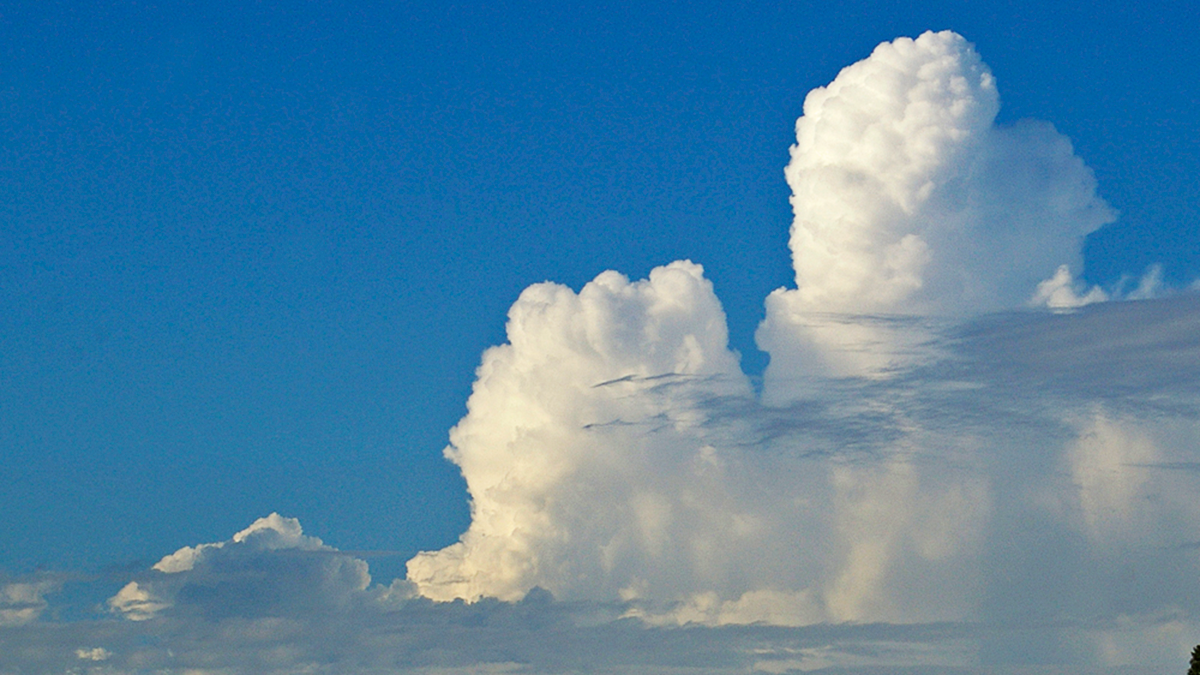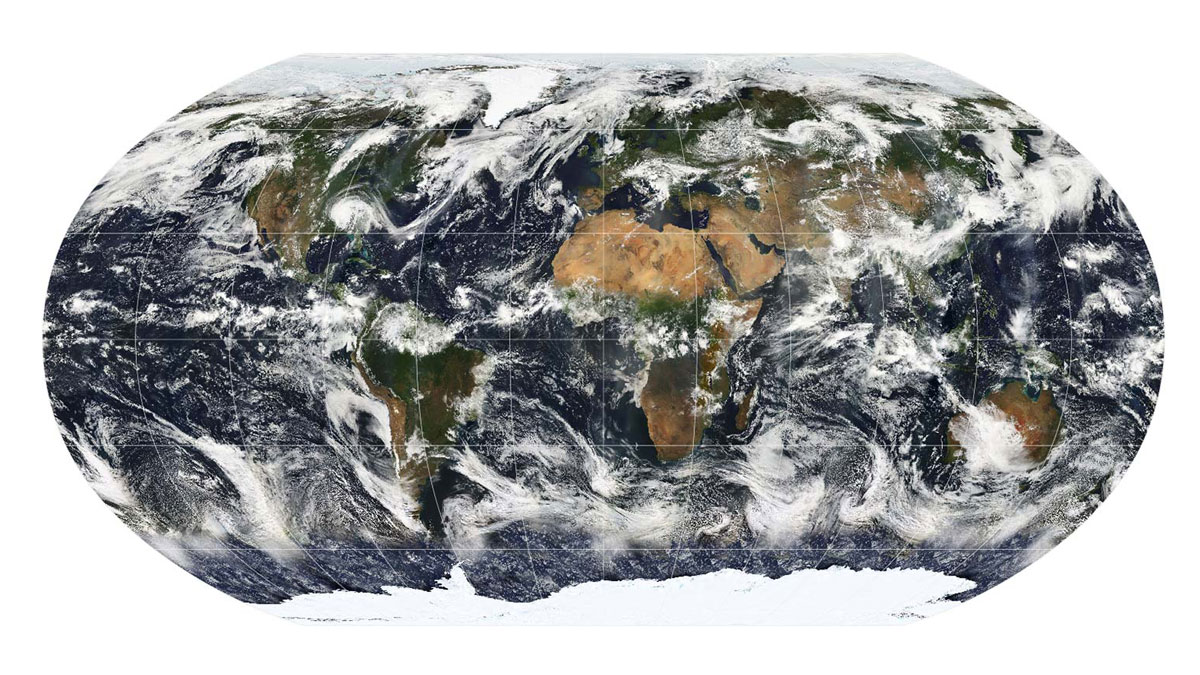A new study demonstrates how the abundance of congestus clouds in the tropics can be explained by the water molecule’s discerning appetite for infrared radiation.
everything atmospheric
Particulate Pollution and its Climate Impacts During the COVID-19 Pandemic
The impacts of COVID-19 on short-lived pollutants highlight the predominant influence of the transportation sector and the resulting changes in regional climates and ecosystems.
Impacts of Urban Heat and Friction on a Tropical Cyclone
A new computer modeling-based study demonstrates dual mechanisms that reduce pre- and post-landfall tropical cyclone intensity.
Characterizing the Space Between Clouds and Clear Sky
The area near clouds is often classified as ‘clear sky’, but a new study demonstrates the potential biases of misclassifying these transition zones and their significance for Earth’s energy budget.
Turning Carbon into Stone: Unlocking Mineralization in Fractured Rock
Carbon mineralization is a promising solution for mitigating greenhouse gas emissions, but we must learn to optimize the complex interplay between reactions and mechanics in fractures to develop a scalable solution.
An Atmospheric Pattern Over the Pacific Influences Western U.S. Wildfire Risk
The West Pacific pattern correlates with high pressure, increased temperature, decreased precipitation, and higher burned area during autumn in the western United States.
Steering Geophysical Research Letters Forward: A Focus on Excellence and Global Inclusivity
Meet the new Editor-in-Chief of Geophysical Research Letters and discover his plans to shape the journal’s role in advancing the Earth and space sciences.
CT Scans Show How Giant Hailstones Grow
Dental office technology is giving scientists a peek inside giant hailstones.
Bringing Climate Change’s Effects on Atmospheric Circulation to Light
A lengthening observational record is being used to test predictions and improve understanding of the mechanisms behind changing circulation.
Human Activities Might Create Temporary Atmospheres on the Moon
Outgassing could pose problems for long-term habitation of the Moon, including health hazards for astronauts, hindrances for electronics, and hampered scientific study.










